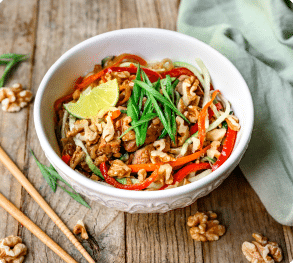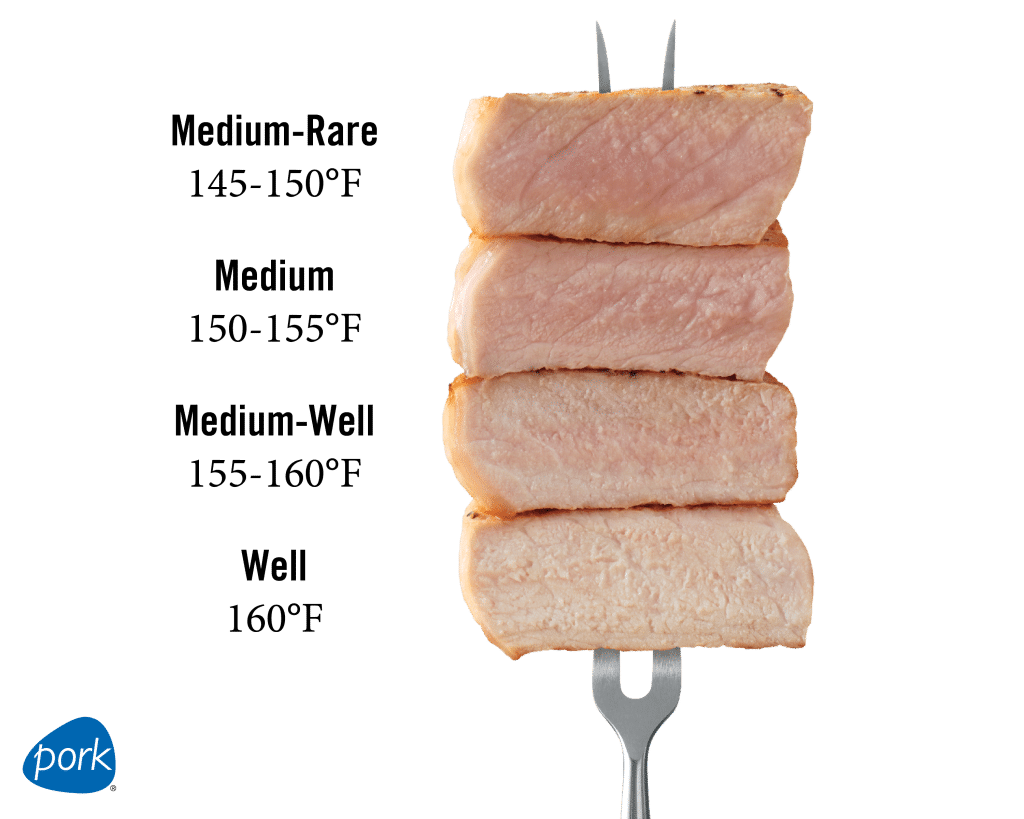How to Cook Pork & its Health Benefits
Pork 101
When you eat pork, you're getting high quality protein that your body needs to function and perform at its very best.




How to Cook Pork
The secret to tender, delicious pork is to not overcook it. A little pink in the middle is okay! Always use a meat thermometer when cooking pork. When the internal temperature reaches 145° remove the pork from heat and let it sit for 3 minutes sealing in all the natural flavors!
There's many delicious ways to cook pork including air frying, baking, grilling, smoking, marinating, stir-frying, sauteing, slow-cooking, and stewing. Check out our pork recipes to cook your own delicious pork meals!
*Ground pork and brats need to reach 165°.
Know your Pork Cuts!

What nutrients does pork contain?
Releases energy from foods
Maintains healthy skin
Maintains the digestive track
Protects the nervous system
Enhances and protects bones
Improves resistance to infection
Helps from hormones & enzymes
Develops & maintains immune system
Supplies energy
Protects & insulates body parts
Nourishes skin
Transports vitmains A, D, E, and K
Supplies essential fatty acids
Builds and repairs body tissues
Regulates body processes
Forms antibodies to fight off infection
Releases energy from proteins
Maintains the nervous system
Builds & repairs body tissues
Maintain healthy skin & eyes
Releases energy from proteins
Helps transport amino acids
helps form niacin (Vitamin B3)
Aid in the functioning of the nervous system
Releases energy from foods
Forms cholesterol, hormones, and hemoglobin
Builds and repairs nerves and muscles
Maintains an appetite
Releases energy from carbohydrates
Maintains red blood cells
Ensures healthy nerve tissue
Helps produce genetic material
Supports cell function and metabolism
Builds hemoglobin in red blood cells
Prevents nutritional anemia
Helps with energy production